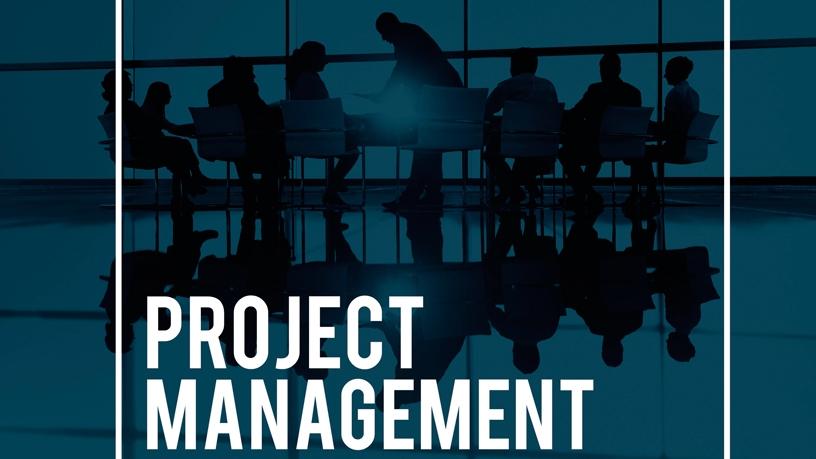
Your project doesn't finish when it finishes, and the success of your project involves more than meeting or beating the three core project management constraints of time, cost and scope.
That's the view of Rich Maltzman, a professor of project management and MBA courses at Boston University and Clark University, in the United States, and co-founder of EarthPM, a company devoted to integrating sustainability thinking into project management.
Building sustainability into projects
Maltzman was one of the speakers at the recent PMXPO 2018 virtual conference. He told participants that the concept of sustainability, like quality, had to be considered as an inherent characteristic of every project.
He emphasised that the concept of sustainability should not be regarded as purely being about the environment and all things green. Rather, it had to permeate every aspect of project planning and implementation.
"Think 'long-term thinking' and 'benefits realisation' and you get closer to thinking about sustainability in the project management arena," he said.
"One needs to remember that the product of the project goes on and on. In project planning, the outcome of your project should realise some kind of financial and social benefits for stakeholders many years after it is transitioned, not just at the handoff to the operational team, despite the fact that a project is often defined by the fact that it has an end point."
Project success vs project management success
Maltzman acknowledged that it was often difficult for project managers to get involved in the issues that could affect a project's medium- to long-term sustainability. This was because, in the traditional project management space, they were most concerned with the here-and-now - getting the project done on time, on spec and within budget.
However, he maintained that project managers - because of their involvement in managing the risks of the project - were ideally placed to identify future risks as well.
We need to re-evaluate how we define and measure project success and recognise that there is a difference between project success and project management success.
While decisions that had to be made and actions that had to be taken to reduce the risk of future threats are often above the project manager's pay grade, Maltzman insisted that project managers make it part of their purview to bring this to the attention of C-level executives. He maintained that sustainability should be built into project programmes and portfolios by making it part of project professionals' framework, workflow and mindset.
"We also need to re-evaluate how we define and measure project success and recognise that there is actually a difference between project success and project management success," he added.
"When we talk about project success today, we tend to mean project management success. This lets us believe that we have an extremely successful project that ticks all the boxes in terms of the standard project constraints of time, budget and scope - but it may well be totally unsuccessful in terms of the value it brings to the company," he said.
Among the examples he gave of successful project management exercises that failed as projects were New Coke and Sony Betamax.
On the other hand, there were projects that 'failed' from a project management perspective but turned out to be enormous successes: the Sydney Opera House, now an Australian icon, ran way over on all three project management constraints - but nobody remembers that today.
"What we as project managers have to remember is that there is a difference between doing things right - that's project management - and doing the right things. That is the kind of reference framework project managers should adopt in order to contribute to the long-term success and sustainability of their projects," Maltzman concluded.
Share